*Restricted in Michigan
Overview
Flowering rush produces pretty pink flowers in an umbel at the top of the stem. Each flower has 3 petals, 3 petal-like sepals, long triangular leaves, and a round stem that the flowers are on.
Flowering rush originated in Eurasia but can now be found throughout the Midwest, including in Southern Michigan, and in isolated patches in the Straits of Mackinac area (MISIN). Flowering rush was brought to the United States in the early 1900’s as a garden plant. It likes the shallow shores of lakes, streams, and marshes.
Flowering rush spreads through rhizomes, but some populations produce water-dispersed seeds.
It can crowd out native vegetation and form dense stands that impede boating or other recreation.
Table of Contents

Similar Species
Sedges and three-square bulrush look similar but have triangular(ish) stems, not round like the flowering rush. Native bulrushes and rushes have smooth stems, but do not have the pretty pink bunch of flowers.
Burr reed can look similar but has large spike balls, and cattails are flatter and do not have umbel flowers.
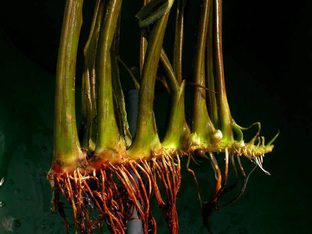
Similar Species
Sedges and three-square bulrush look similar but have triangular(ish) stems, not round like the flowering rush. Native bulrushes and rushes have smooth stems, but do not have the pretty pink bunch of flowers.
Burr reed can look similar but has large spike balls, and cattails are flatter and do not have umbel flowers.
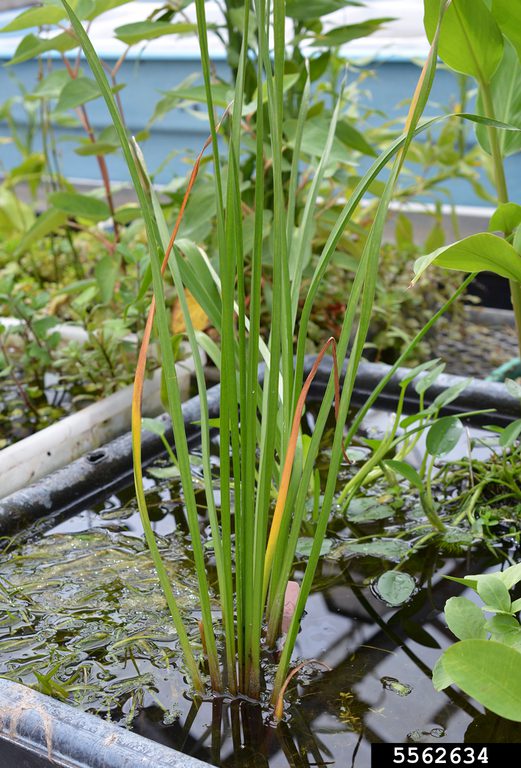
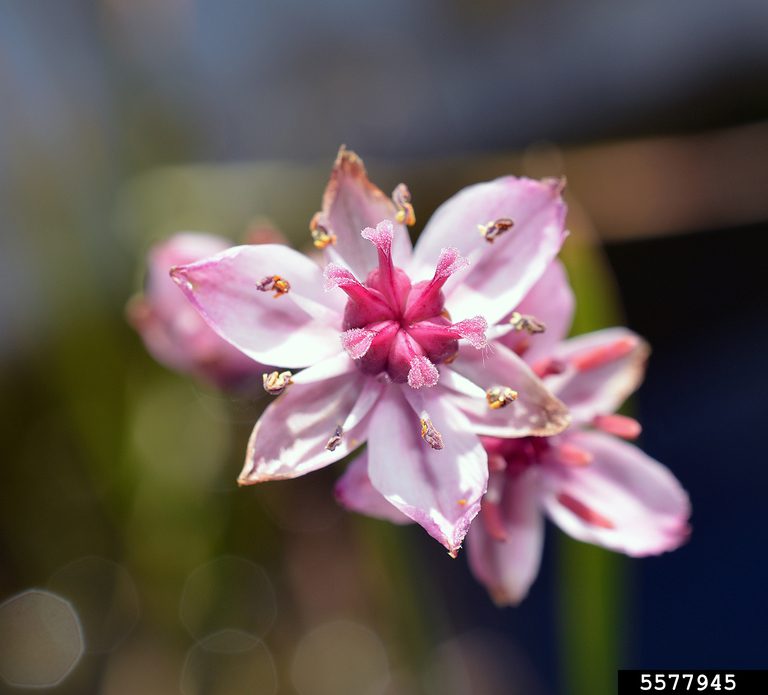



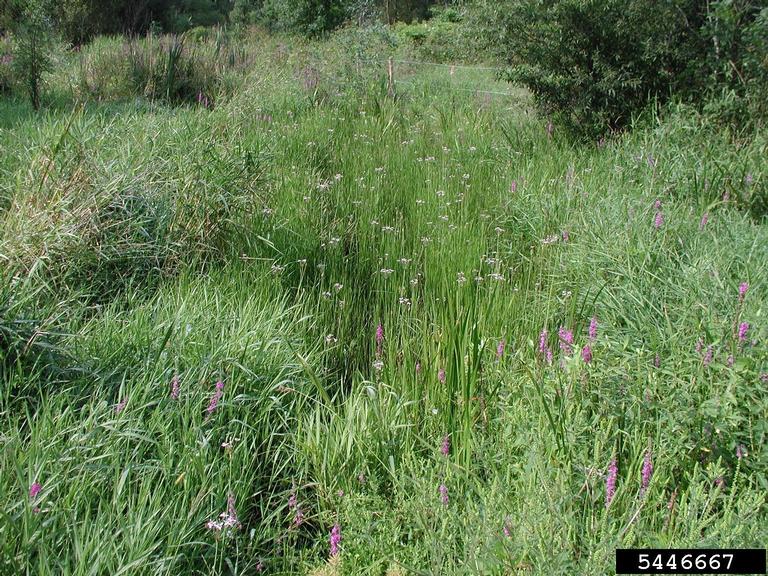
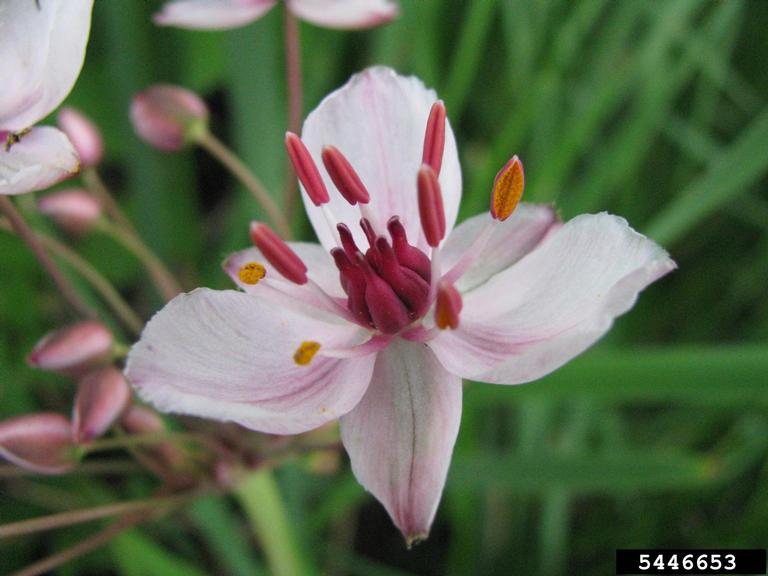
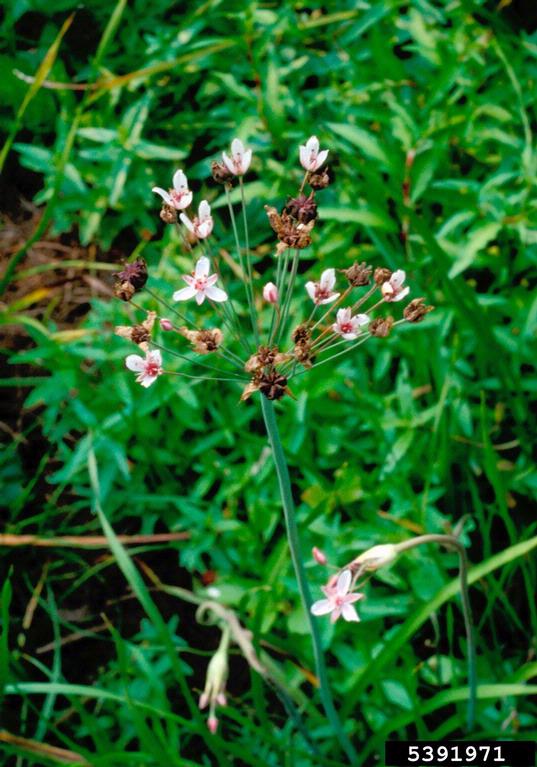
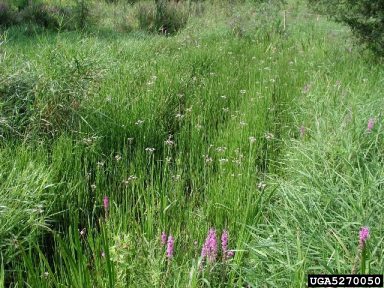
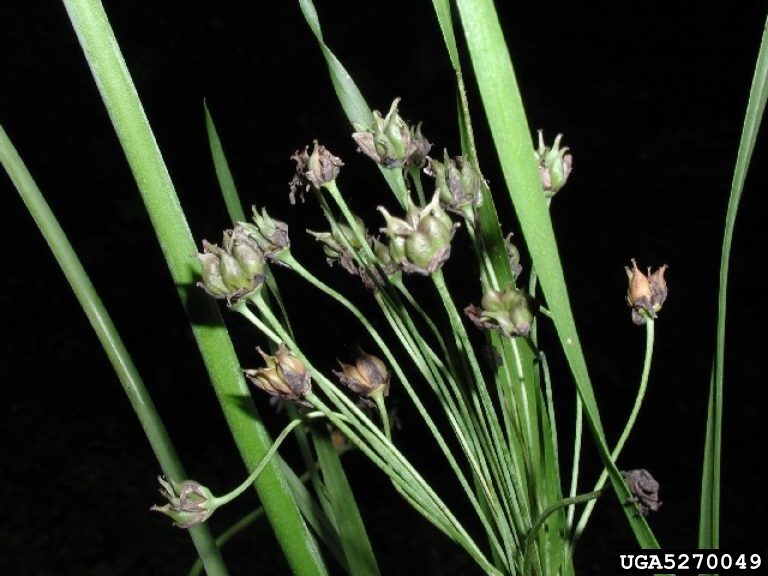
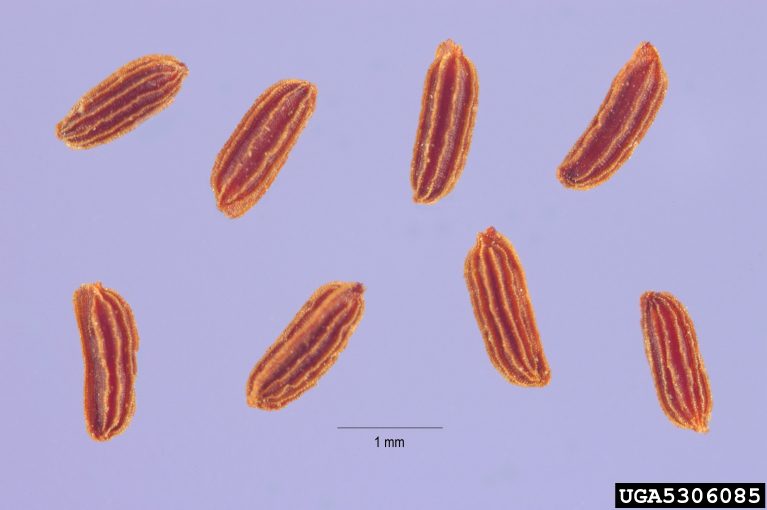
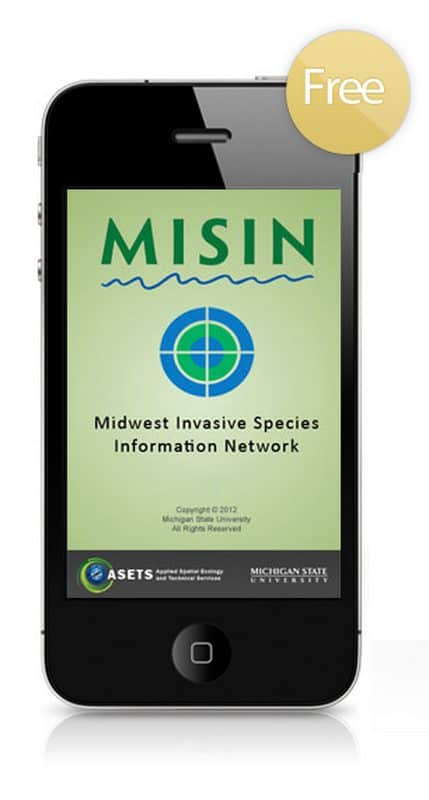
Reporting Invasive Species – FREE APP The MISIN smartphone app provides a mobile solution for the capture of invasive species field observation data. You can play an important role in the early detection and rapid response to new invasive threats in your area by contributing invasive species observations to the MISIN database.
|



